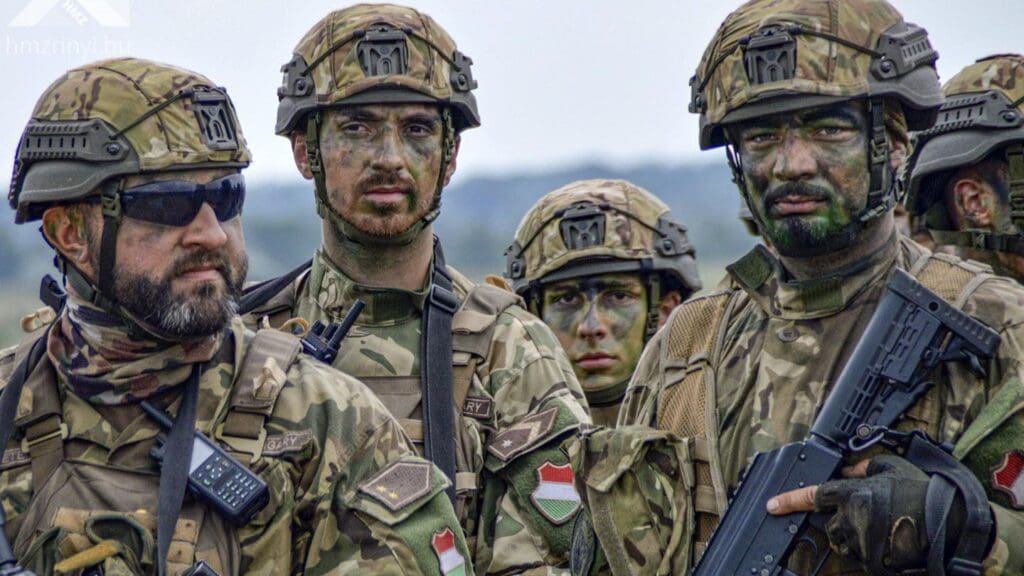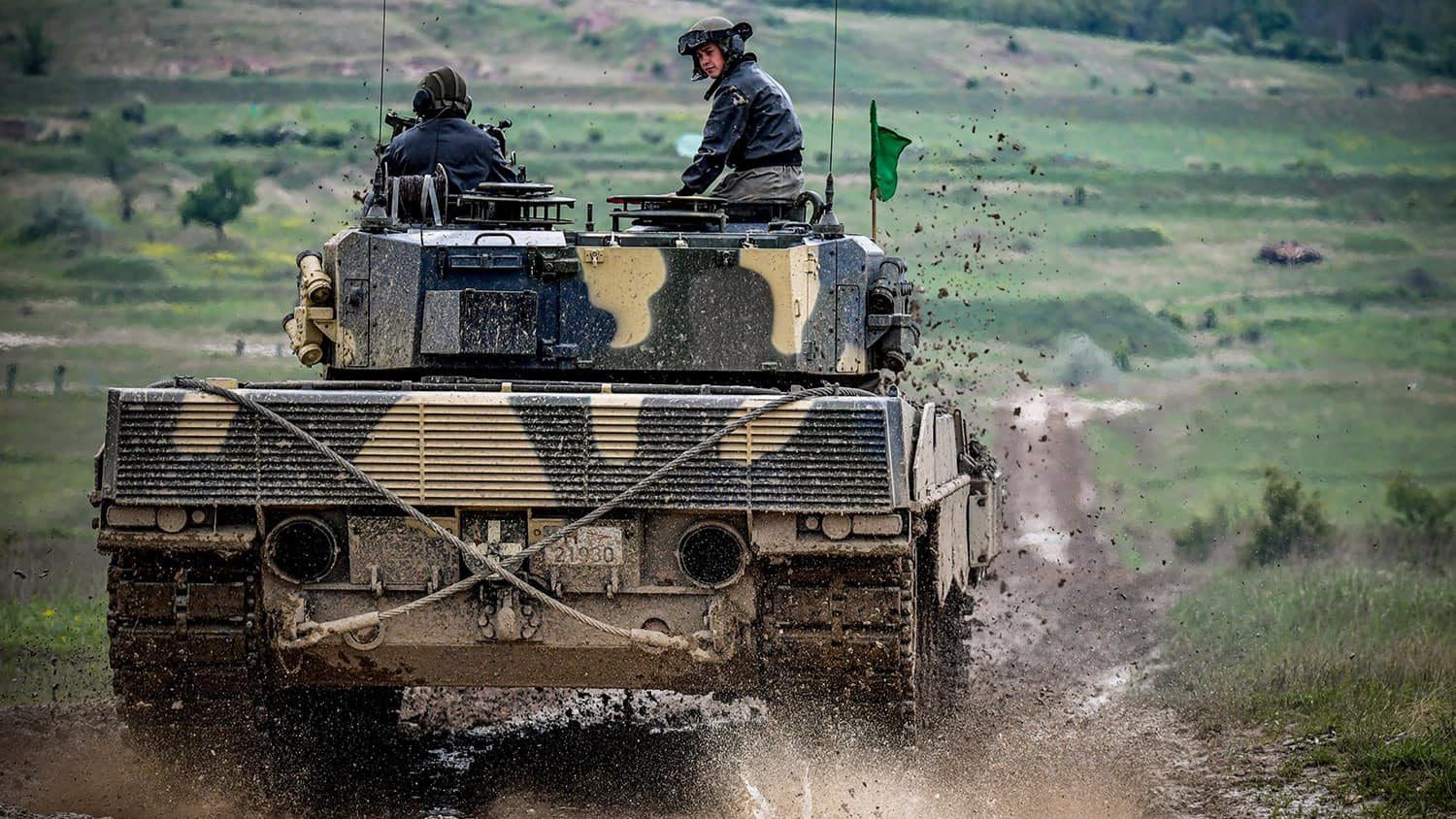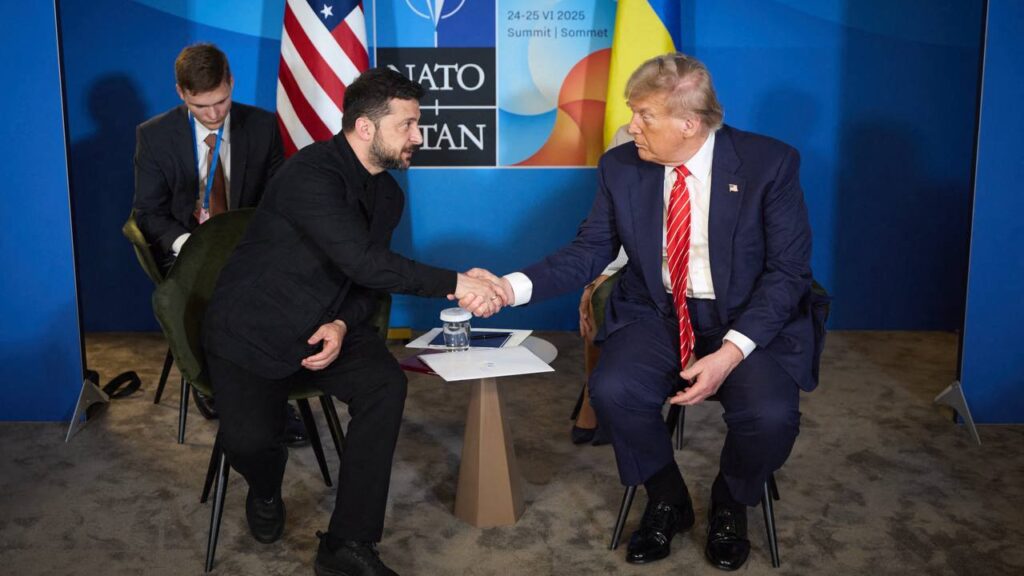After the outbreak of the Russian-Ukrainian war, the Hungarian army, accustomed to peace, had to be shaken up, General Gábor Böröndi, Chief of the Hungarian Defence Forces (HDF) stated in an interview with Magyar Nemzet on 19 September. The Chief of the General Staff said that in November the HDF will again hold a large-scale exercise, with the last similar one having been staged in 2015.
As we reported earlier, Gábor Böröndi was appointed Chief of the General Staff of the Hungarian Defence Forces in May this year. On 2 May, at the hearing of the National Assembly’s Defence and Law Enforcement Committee, General Böröndi said his main task would be to mentally renew the Hungarian Defence Forces and to create a combat-ready, committed military that can operate well within NATO. He said he aims to create a strong army based on the Hungarian military tradition, capable of influencing operations and strategy, which as a national army is a well-prepared, well-trained and well-equipped force of NATO.
Shaping a New Mindset
In his current interview the Chief of General Staff said that the need for a new mindset was triggered by the change in Hungary’s security situation. As he pointed out: ‘After the outbreak of the Russian-Ukrainian war, an army used to peace had to be shaken up: training and readiness had to be reorganised to ensure that we had a prepared, responsive and well-equipped defence force, however, it is important to stress that Hungary is on the side of peace in the context of the war in its neighbourhood’.
In order to achieve the objectives, set by the Chief of General Staff, including mental renewal and combat readiness, the Hungarian Defence Forces will hold a broader spectrum exercise in November, where the HDF will not only carry out military manoeuvres in eight locations across the country, but the cooperation between the Hungarian Defence Forces and the civil administration will also be assessed.
Largest Training Since 2015
Regarding the training exercise, the General said that the last time a similar operation of this scale was conducted was in 2015 when the border fence had to be built on Hungary’s southern border due to migration pressure from the south.
‘When the Hungarian Defence Forces were given the task of protecting the border, they had to deploy from the Serbian-Romanian-Hungarian triple border all the way to the Austrian border, and we had to deploy and transport large numbers of troops, organize logistics and communications. The scale of the operation at the time was close to that of the exercise we are planning for November.’
New Technology, New Recruits
General Böröndi also explained how the Ministry of Defence renewed its recruitment strategy to ensure that the Hungarian Defence Forces were staffed to the required level. The latest recruiting campaign ‘Man to the Steel’ (Embert a vasra) does not recruit people in general, but to specific units and local garrisons. Thus, candidates for the battalion with the latest technology, the Lynx infantry fighting vehicle being built in Zalaegerszeg, are now being sought with the greatest intensity. On the other hand, the recruitment procedure has also been simplified, of course still using appropriate filters for selection. And those who are found suitable, will be given an increased pay as soon as they join,
so they can quickly form combat-ready, well-trained units, adaptable to NATO doctrines.

‘We are now at the point where the number of the Defence Forces has stabilized, and in certain categories of officers and non-commissioned officers it has started to increase, and we can also talk about an increase in recruitment,’ the General remarked.
In the interview, Chief of Staff Gábor Böröndi also talked about the new capabilities Hungary is contributing to NATO’s collective defence, and to what extent the experience of the Russian-Ukrainian war has changed procurement plans and objectives.
He recalled that Hungary committed itself to the development of a heavy brigade at the 2014 NATO summit in Wales, and the foundations for this were laid with the production of the ‘Lynx’ in Zalaegerszeg, where Rheinmetall is developing the infantry fighting vehicle based on Hungarian requirements. Gábor Bőröndi also mentioned the acquisition of Leopard 2A4s and Leopard 2A7s, the purchase of Panzerhaubitzer 2000 self-propelled guns and H225M helicopters, as well as the deployment of the NASAMS air defence capability. Other acquisitions include the Skyranger anti-aircraft gun mounted on the chassis of the Lynx IFV and the Carl Gustaf and Spike anti-tank missile systems to increase the HDF’s armour-piercing capability.
The digitalization of the army and the automatization of the command-and-control (C2) system are also underway. As part of the Digital Soldier programme, Hungarian soldiers will be equipped with sensors that will transmit the information they acquire to the C2 system, where it will be evaluated and passed on to the operational commander or the chief of staff.
‘Besides digitalization, we are putting the main emphasis on drones, and my latest measure was to buy a significant number of low-cost drones, which we will issue to the sub-units of the whole army, so that they get used to using them, use them, learn to operate them at a skilled level,’ said the Chief of the General Staff.
Foreign Missions in the Western Balkans
The main area of the Hungarian Defence Forces’ foreign missions is the Western Balkans, whose stability is in Hungary’s fundamental security interest. The Chief of Staff said that after leading the NATO mission in Kosovo (in 2021 Brig. Gen. Ferenc Kajári was selected and deployed to the position of Commander of the NATO mission KFOR until the hand-over in 2022), a Hungarian general may also be able to take the lead of the joint EU-NATO operation ‘Althea’ in Bosnia and Herzegovina.
‘If the committee of EU Ambassadors approves it, the military operation will be commanded by a Hungarian from January 2024. This would be recognition of Hungary’s geopolitical efforts and, shortly after Kosovo, the Hungarian command of Althea would be unprecedented for an army of similar size,’ the general underscored.
Related articles:








